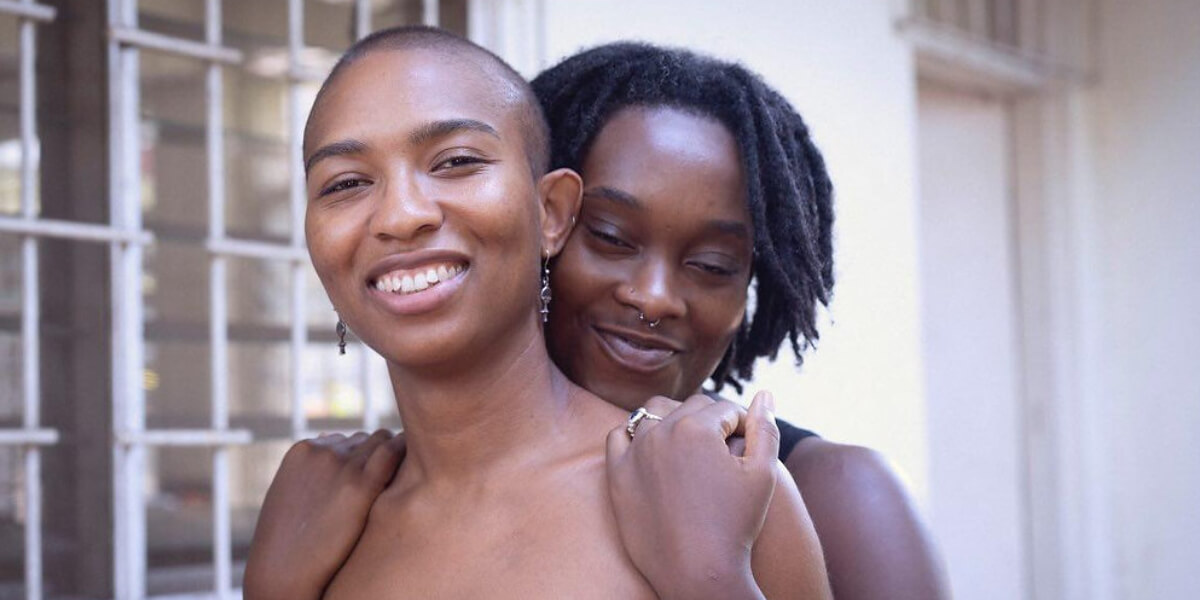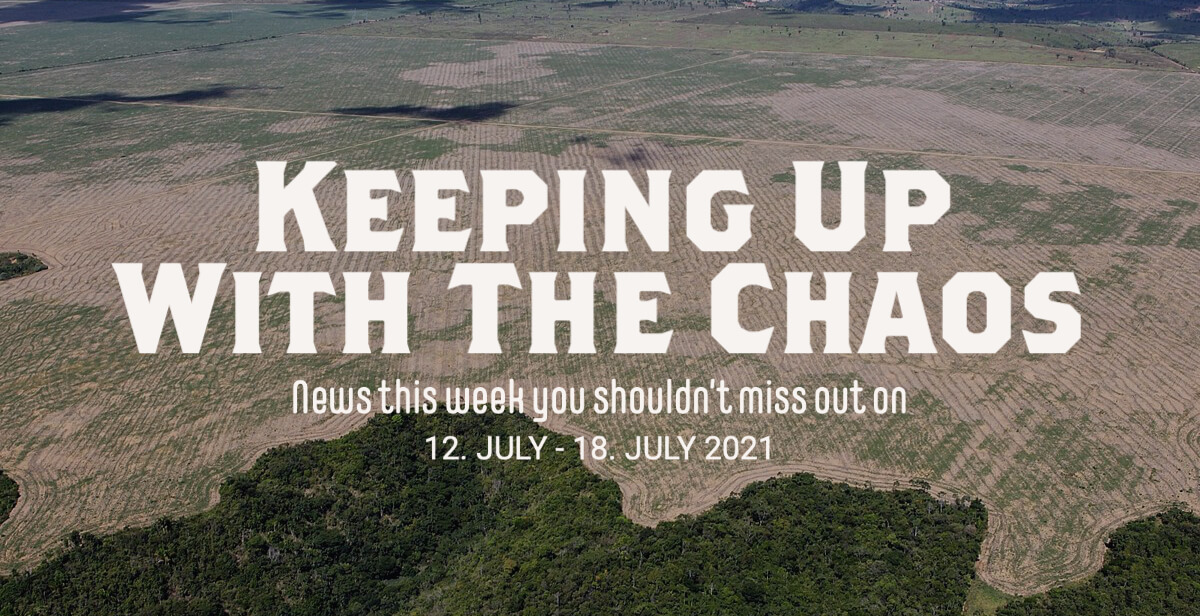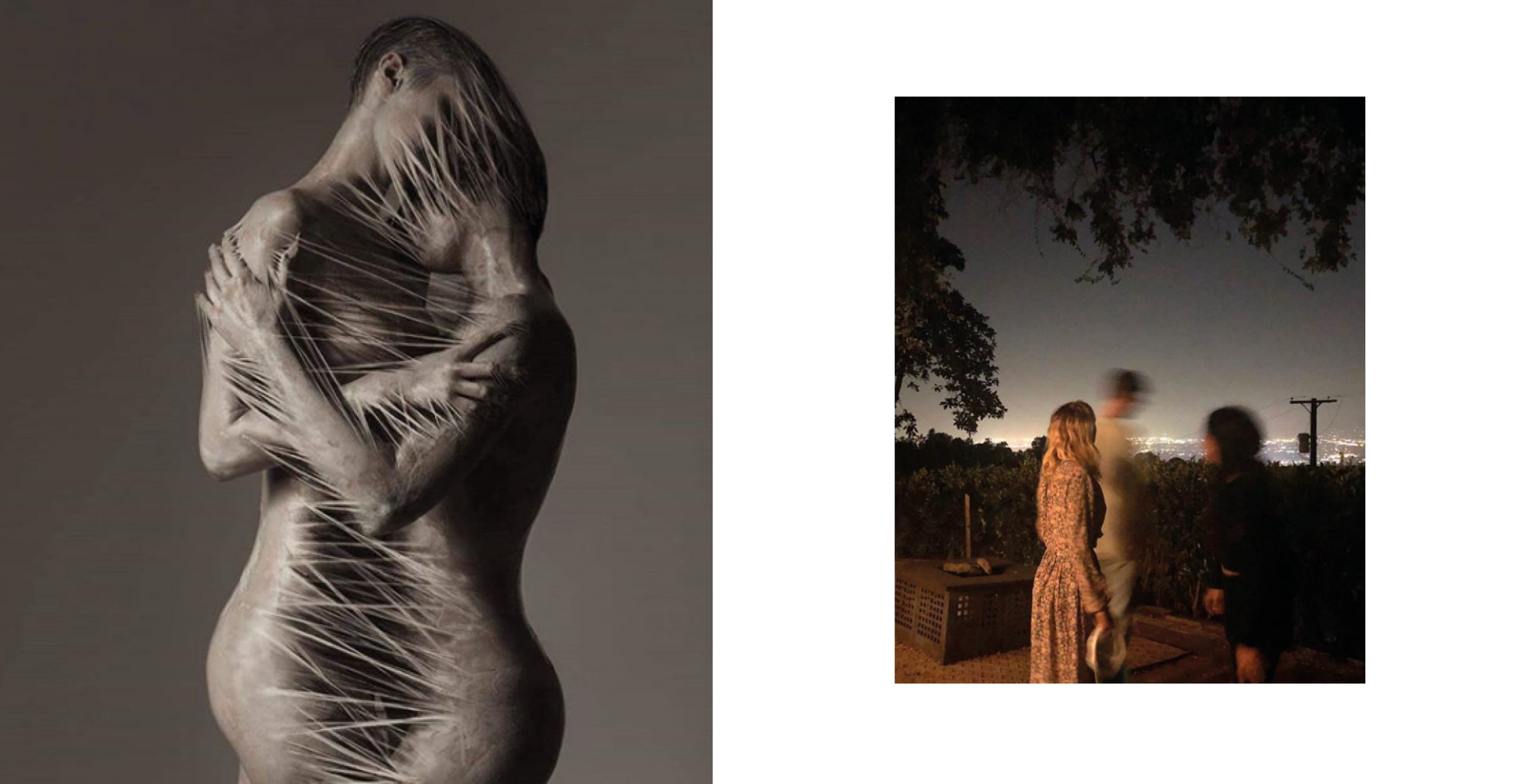As the days are getting shorter and colder, we’re starting to crave comfort and communion – ways of being together that allow us to slow down, share ideas, and express ourselves creatively. While life happens outside the doorstep during summertime, we tend to retreat to our homes as the seasons change, adjusting to the rhythm of nature and preserving our energy. But what stays is that longing for connection, beyond the time we spend with our co-workers or on our phones.
This is why so-called third spaces are becoming more and more relevant again; social surroundings that are separate from our usual environments of home and workplace. They’re inviting, accessible, and encourage conversation and exchange between the people who visit. A third space could be a neighborhood café, a public library, the bar around the corner, or a church.
For the Ancient Greeks, it used to be public squares or agora that brought together people from all walks of life who’d discuss philosophical ideas and poetry, while in Imperial China, teahouses were the place to be. For enslaved Black people in the United States, churches provided a space of reprieve away from the plantations where they could practice and find solace in religion as well as music. Throughout history and up to this day, people of color, queer people and other marginalized groups have always had to create their own spaces, tucked away from judgment and oppression.
During the Civil Rights Movement, the Black Panthers would plan all their national party decisions and directives in an ordinary townhouse on Peralta Street in West Oakland, and started their first-ever free breakfast program at a small local church. Before they moved their office to West Oakland, the Panthers used to meet in a bakery called It’s All Good on Martin Luther King Jr. Way in the north of the city.
It was at an after-hours club called Footsteps on 2nd Avenue and 14th Street in 1980s New York City, where Paris Dupree and other Black queens came up with a way of posing inspired by Vogue magazine that caught on quickly as the art of voguing, which soon entered popular culture. Third spaces are historically relevant for initiating social change and driving forward culture, which is why they are so important for us in this time of societal regression.
There are different interpretations of the third space, one of which outlines it as a space where the oppressed come together to plot their liberation, just as the Black Panther Party did. Indian scholar and critical theorist Homi K. Bhabha, on the other hand, developed a postcolonial theory that outlines the third space as a state of in-betweenness, shaping the cultural identity of colonized people in their encounter with colonial domination and inequality. It acts as a site of interaction between different cultures, enabling new concepts and meanings to emerge.
A critical review of Bhabha’s theory published by Nepalese scholar Nagendra Bahadur Bhandari points out that: “The discursive subversion of colonial power in the third space may help to the psychological and spiritual liberation, which is also the decolonization of the mind, but it does not involuntarily render the physical and material liberation.”
In the end, it is up to us which purpose we attribute to the third spaces we build, who we create them for, and what they grow into. There are many different approaches all over the world, some of which we’ll introduce here:
kwia (Berlin, Germany)
Blending in with Berlin’s rough aesthetic from the outside, kwia takes you to a completely other sphere once you enter the ambient-focused listening bar. After changing into a pair of comfortable slippers, you’re met with a soft embrace of sound, light, and art, a tight-knit queer community, and a selection of creative alcoholic and non-alcoholic drinks. Due to rising rent prices, Berlin’s beloved living room unfortunately has to start looking for a new home from next year.
kwia had first opened its doors in 2021, following the tradition of Japanese jazz kissas, havens of deep listening and sonic immersion. Since then, it has been “a space where intimacy and sound collide to create something bigger than all of us.” kwia has taught everyone who frequents it that softness can be radical. Alongside the announcement of a new chapter, kwia has released its first compilation, kwia001, featuring artists such as mobilegirl, River Moon, and Nick Léon.
“It is a collective offering from artists who have given their sound, trust, and devotion to this space over the years. Their tracks carry the frequencies that have defined kwia, shaped its atmosphere, and pushed its spirit forward.”
Afrodite & Friends (Accra, Ghana)
Run by partners Rebekah and Eni, Afrodite & Friends is an Accra-based collective creating safer spaces for (queer) women and gender-nonconforming individuals. Over the past years, they have been curating intimate events, parties, retreats, and wellness sessions, bringing people together and supporting them in embracing their authentic selves. “You’re taught to be quiet, especially in the presence of men”, the two founders explain in an interview with The Sassy Show, “which is why women need their own spaces…so they can talk, be free, dance, and show their personality.”
When visiting Accra this year, my friend and I attended their International Women’s Day games and art link-up, a cozy get-together where we painted and beaded jewelry to the soundtrack of laughter and music. “Moments like these remind us that wellness isn’t just about rest – it’s also about play, creativity, and feeling safe enough to show up as our full selves”, the recap’s Instagram caption states. Coming from the Ghanaian and Nigerian diaspora in London, Rebekah and Eni are aware of their privilege and are always seeking solutions to make Afrodite & Friends more accessible, reaching more people from different social groups, as well as from outside the city.
“The community determines what they need, so we have to be ready and malleable to be prepared to give them what they need, rather than just serving ourselves.”
Tea At Shiloh (Los Angeles, USA)
Shiloh is a portal into possibilities, which started as a late-night teahouse and has since evolved to reflect the shape, hopes, and dreams of its community. During the day, sunlight streams in through large windows, bathing the cozy pillow corners and brick walls in a golden glow, while at night hues of purple and pink dance across people’s faces, accompanied by cosmic jazz, experimental groove, or heartfelt poetry. Every week, Shiloh hosts various community-led workshops and collaborations focused on ancestral arts, bringing nature to the city, and personal as well as collective healing. These pathways include offerings such as ethical foraging, native plant meditations, basket weaving, visible mending, breath work, or sound baths.
Shiloh also serves as a cozy workspace, a stage for local musicians, a late-night library, and much more. Still, tea and the ceremonies around it remain central. When asked why, co-founder Shiloh answers: “Tea does an incredible job of connecting us to ourselves, to each other, and to the natural world. My best conversations have always been over tea.” With the tea house, she has fulfilled her dream of a peaceful space for a night out and also created an ecosystem that supports many of her friends and artists who are looking to express themselves truthfully. Shiloh is very conscious of its responsibility to the larger movement and the values they represents.
On their website, they write that: “Shared community spaces have the power to shift culture – from one of hyper-globalization, disassociation, and extraction, into one of localization, embodiment, and mutual flourishing. We choose to actively create a world where home is a way of being and where people feel deeply connected and responsible for themselves, each other, and the land.”
Turf (Croydon, Larger London, UK)
Croydon is a South London district that is often dismissed as a concrete wasteland associated with its brutalist tower blocks, while it is in fact one of the greenest parts of the city. Over a third of Croydon is made up of sprawling parks, an ancient woodland called Croham Hurst, and even a vineyard in the depths of its countryside. Turf Projects embraces the borough’s closeness to nature, offering outdoor gatherings, workshops, and performances open to everyone. Founded in 2013 by a group of locals, Turf is the first entirely artist-run contemporary art space in Croydon.
Over the years, they’ve established a community project space, support and residency programs for art students, a collective of local learning disabled artists, as well as affordable artist studios and free exhibitions and creative workshops. “Access to spaces to be creative is not as easy as it once was”, co-founder Becky Atherton explains in an interview. “This makes it more important for us to carve out spaces where art is for everyone and be responsive to community needs. Stable and consistent places give people a sense of belonging, and Turf has provided that for the community.”
Through Turf’s twelve-year lifespan in different temporary locations, the homegrown art space’s story is inextricably linked to Croydon, and they are keen to set down stable, permanent roots to ensure a sustainable impact and legacy on the district’s art scene.




























